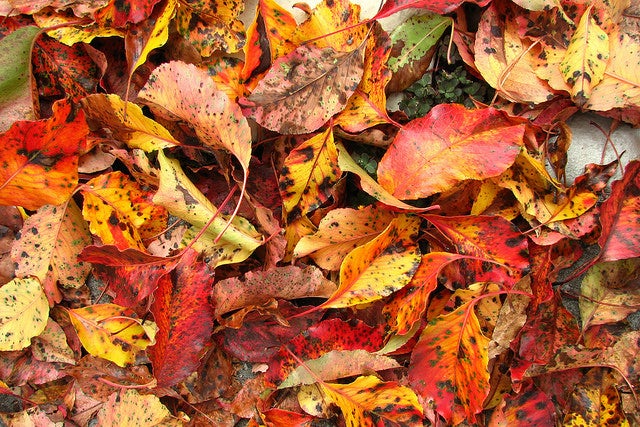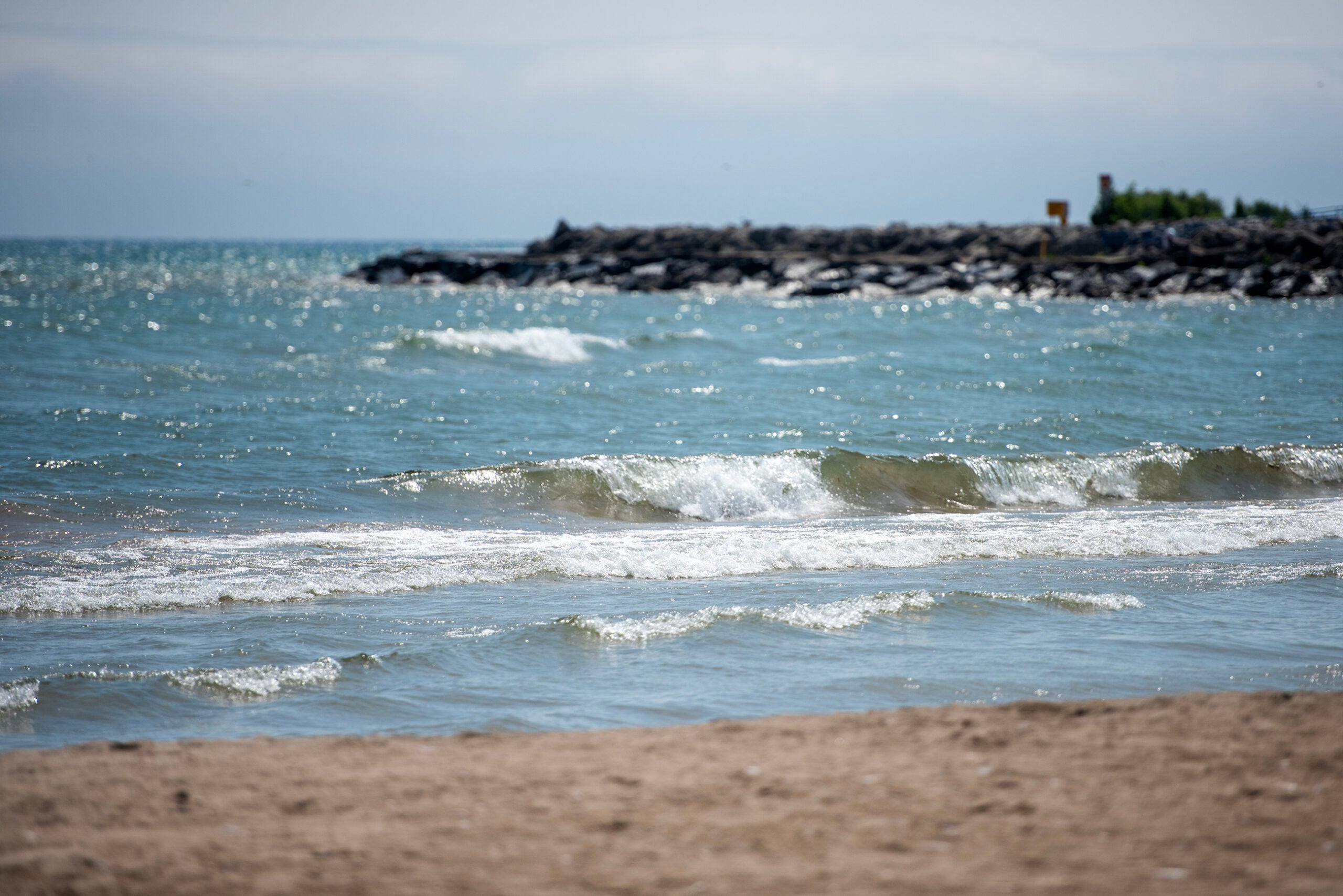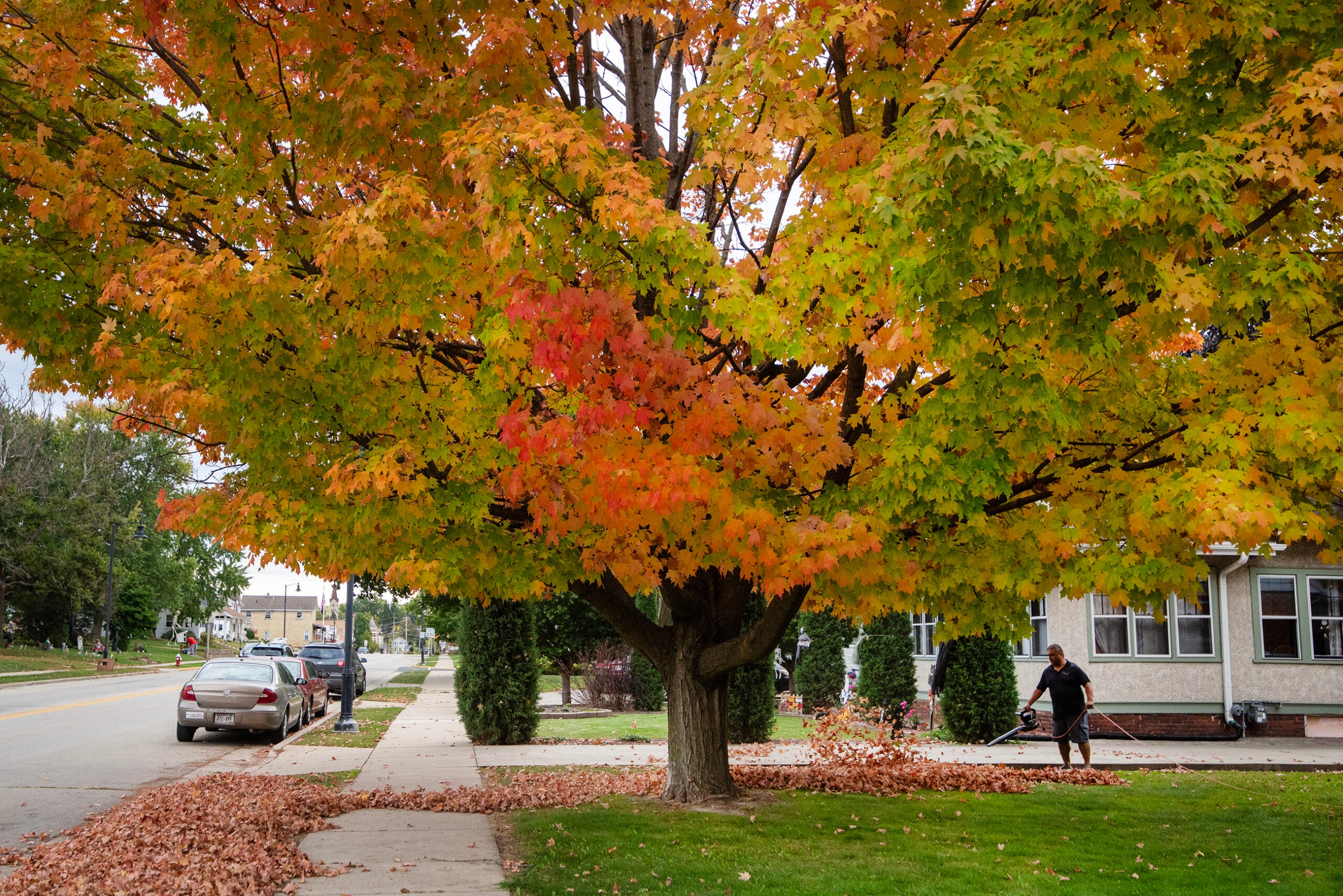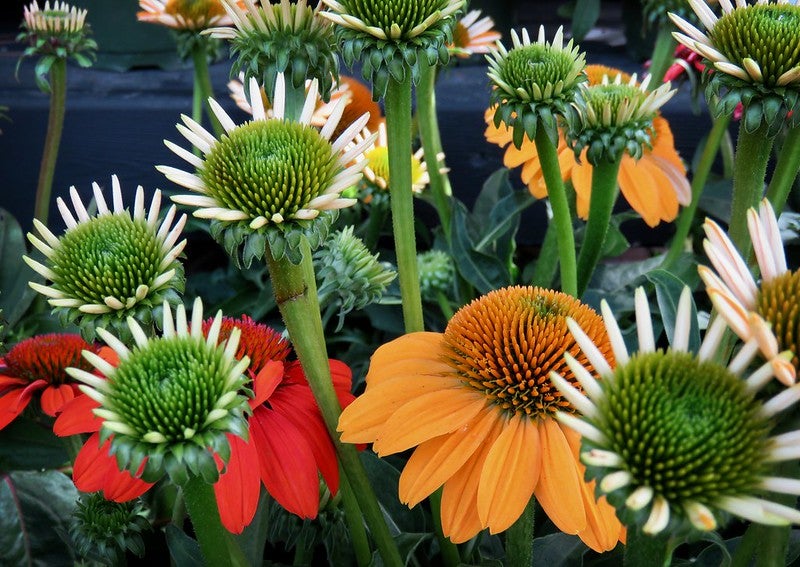As Wisconsin transitions into autumn, some experts say this year’s fall colors may be less vibrant than normal.
Colleen Matula, a silviculturist for the Wisconsin Department of Natural Resources, says forest health and weather conditions such as temperature and precipitation can have a big impact on the vibrancy of fall leaves.
“As a state, we’ve been encountering more moisture this year, a lot of rain, and that affects forest health,” said Matula, who is based in Ashland. “Like aspen and white birch, we’re seeing a lot of fungal diseases on the leaves and this may affect the yellows that we see in the fall color and the leaf volume on the crown of the tree.”
News with a little more humanity
WPR’s “Wisconsin Today” newsletter keeps you connected to the state you love without feeling overwhelmed. No paywall. No agenda. No corporate filter.
Matula, a tree expert, said increased cloud coverage in some areas can also affect how quickly leaves turn color.
But southwestern Wisconsin has been dealing with the opposite problem.
“The trees, in order to stay vibrant in color, you want to have cool nights and lots of water, and what we’re getting is kind of a drought-like time,” said Dorothy Lenard, administrator for natural science and mathematics at Viterbo University in La Crosse.
The National Weather Service in La Crosse recently reported abnormally dry conditions in southwest Wisconsin.
Lenard said the region is starting to see the impact of these conditions on local trees.
“They’ll turn brown because of lack of water before they even get to turn color. So if you look out, you’ll see lots more brown in the trees and trees turning yellow earlier,” Lenard said.
Matula said parts of northern Wisconsin have around 60 percent of leaves changed, while southern regions have up to 30 percent of trees changing color.
Wisconsin Public Radio, © Copyright 2026, Board of Regents of the University of Wisconsin System and Wisconsin Educational Communications Board.






